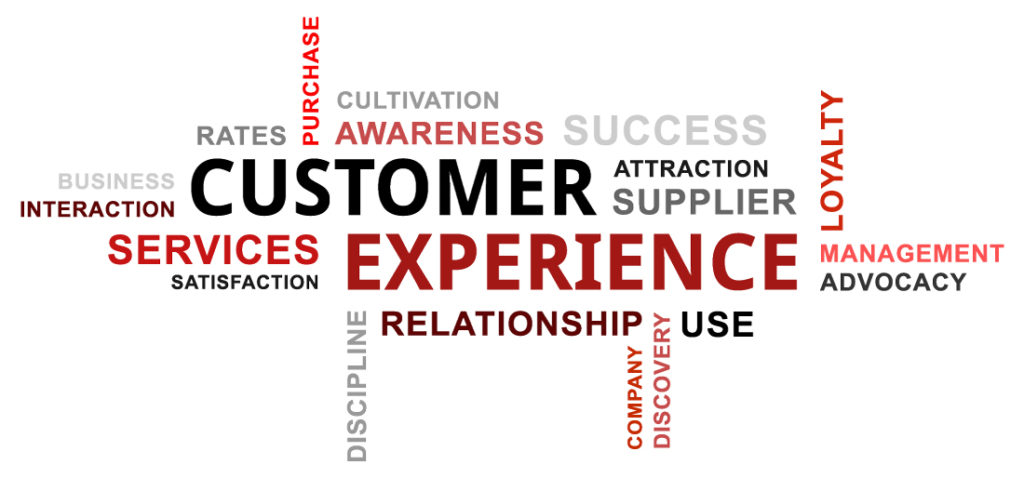
It seems improving the “Customer Experience” (CX) has been an increasingly common business priority over the past few years. It makes sense… in order to thrive and grow, an enterprise must satisfy its customers.
But research also shows that the “CX” concept means different things to different people; and in many cases, the difference in opinion or interpretation is taking place between provider-organizations and their customers!
One of the best definitions we’ve found describes CX as, “the sum-totality of how customers engage with your company and brand, not just in a snapshot in time, but throughout the entire arc of being a customer.”
We favor this definition, which was published by the Harvard Business Review in 2017 because it emphasizes the importance of measuring customer satisfaction over time.
“Companies have long emphasized touch-points—the many critical moments when customers interact with the organization and its offerings on their way to purchase and after,” the article states. “But the narrow focus on maximizing satisfaction at those moments can create a distorted picture, suggesting that customers are happier with the company than they actually are.”
The key lesson associated with this perspective is that an organization must understand and satisfy customer needs on a comprehensive basis, not just at points of purchase or delivery. Many refer to this more all-inclusive perspective as being customer centric.
When an organization is truly customer centric, the customer is at the center of its philosophy, operations, decision-making, and processes. The “voice of the customer” is gathered from numerous sources – including the use of tools such as NPS and customer surveys, and via systematized feedback loops from sales and customer support personnel. This information is put to practical use on a day-to-day basis, thus enabling the organization to not only better-understand and serve its clients, but to also anticipate their needs.
Customer Experience Drivers
According to a Gartner report, an organization’s culture is a key factor in becoming more customer centric and for driving CX.
“One of the most critical factors in customer centricity is organizational culture,” the report said. “Organizations that invest in their employees and in adequate CX governance see greater investment from their customers.”
Their research also revealed the importance of clearly-addressing customer concerns over data privacy, and being able to quickly-react to customer feedback or emerging demands.
This latter point requires a fair degree of organizational agility, a concept defined by Conway Management Company as, “the ability to identify the developing threats and opportunities to our mission and to quickly align or realign resources to thrive in the new environment.”
The Gartner report also listed common habits of the most customer centric organizations. Some key inclusions:
- Continually listening to customers and consistently following-up with customers on their feedback
- Acting proactively to anticipate needs
- Building customer empathy into processes and policies
- Engaging employees
- Adapting to customer demands and circumstances in real-time